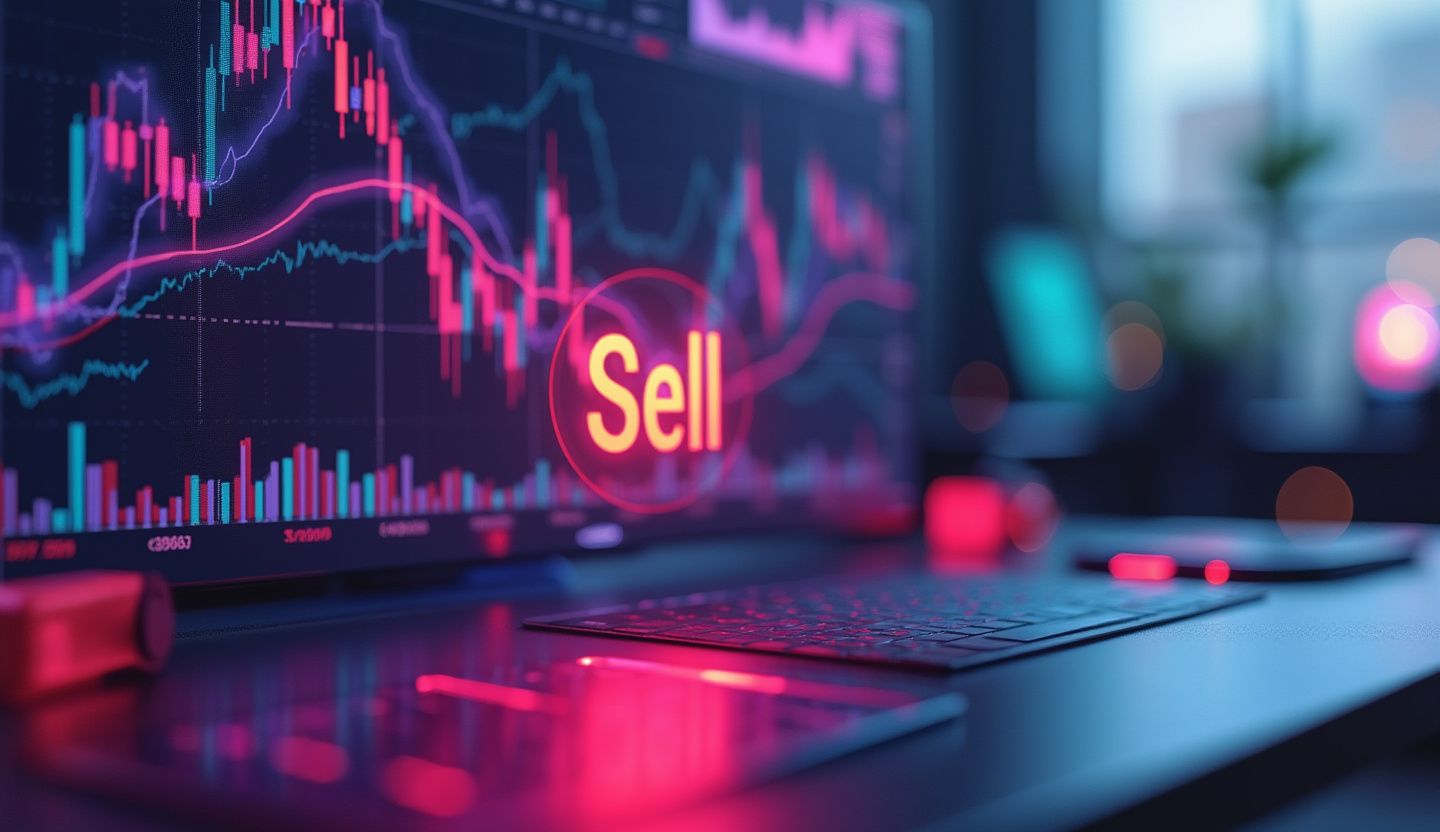Veeva Systems Downgrade: A Closer Look at Goldman's New Rating
Veeva Systems Inc. (NYSE: VEEV), a leading provider of cloud-based business solutions for the life sciences industry, has recently faced a significant downgrade from the influential investment bank Goldman Sachs. This shift in rating, from 'Buy' to 'Sell', comes at a pivotal moment for the company and its investors, as Goldman's analysts adjust their price target from $261 to $200. This article examines the implications of this downgrade, provides insights into Veeva's recent financial performance, and assesses the potential impact on investors.
Key Takeaways:
Potential Downside: The new price target of $200 suggests a potential downside from the current stock price of approximately $219.725, highlighting a significant decrease in expected valuation.
Stock Performance: Veeva's stock has experienced volatility, with a recent high of $258.93 and a low of $170.25 over the past year.
Recent News: Partnerships and market expansion efforts, including a collaboration with Zifo, have been announced, although these developments have not swayed the downgrade.
Analyst Downgrade and Firm Background
Goldman Sachs, one of the most reputable financial institutions globally, has a significant influence over market perceptions due to its extensive research capabilities and historical performance in market forecasting. The decision to downgrade Veeva Systems from 'Buy' to 'Sell' is a strong indicator of Goldman's revised outlook on the company's future performance. This adjustment reflects a re-evaluation of Veeva's growth potential and market positioning.
Goldman's new price target of $200 represents a stark decrease from the previous target of $261, indicating a loss of confidence in Veeva's ability to meet previous growth expectations. This downgrade comes at a time when Veeva is actively expanding its product offerings and market reach, raising questions about the alignment between Veeva's strategic initiatives and its perceived market performance.
Stock and Financial Performance
Veeva Systems has shown robust financial performance with steady revenue growth, yet the stock has faced periods of volatility. Over the last year, Veeva's stock reached a high of $258.93 and a low of $170.25, indicating significant fluctuations in investor sentiment. Despite these challenges, Veeva maintains a strong position within its niche market, particularly in cloud-based solutions for the life sciences sector.
Potential Upside/Downside
The adjustment in price target from $261 to $200 implies a potential downside of approximately 8.65% from the current price of $219.725. For investors, this suggests a need for caution and a closer examination of Veeva's strategic direction and financial health. Given the volatility observed over the past year, investors should consider market conditions and Veeva's competitive landscape when evaluating their positions.
Relevant News and Expert Opinions
Recent collaborations, such as Veeva's partnership with Zifo, aim to enhance quality control modernization, streamlining processes and reducing costs for clients. However, despite these positive developments, the market response has been overshadowed by broader concerns about Veeva's long-term growth trajectory.
Additionally, market sentiment analysis reveals a nearly equal split between up and down trading days, suggesting mixed investor confidence. As the broader market navigates through various economic challenges, Veeva's ability to sustain growth will be closely monitored by stakeholders.
Conclusion
The downgrade of Veeva Systems by Goldman Sachs signifies a critical moment for the company and its investors. While Veeva continues to pursue strategic initiatives and partnerships, the revised outlook by Goldman emphasizes the need for careful assessment of Veeva's market position and financial projections. Investors should remain vigilant, considering both the potential risks and opportunities presented by Veeva's evolving business landscape.

.svg)
.svg)
.svg)
.svg)

.svg)

.svg)
















